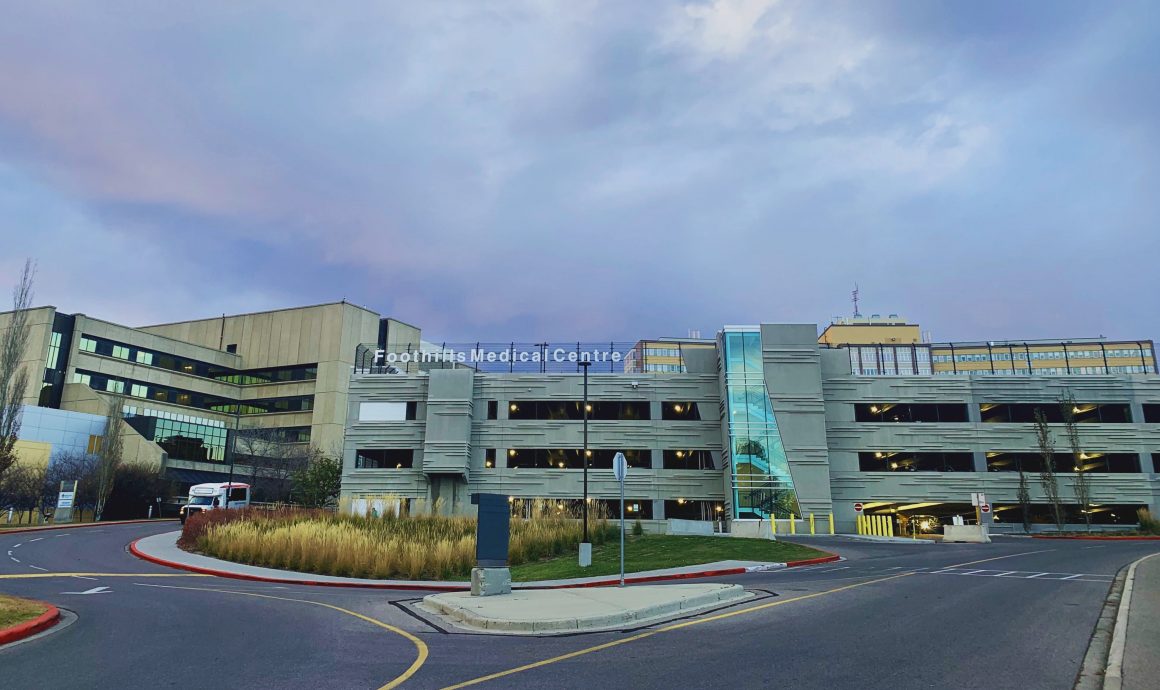
Cumming School of Medicine commits to advance reconciliation and healing with Indigenous Peoples
By Salma Zein, November 4 2021—
The Cumming School of Medicine’s Indigenous, Local and Global Health Office held a virtual event on Oct. 15 outlining the Indigenous Health Education Pathways to Healing initiative.
Pathways to Healing is an initiative that centres around the Indigenous Health Dialogue and aims to support community projects to help facilitate reconciliation through funding and support sessions. Pathways to Healing is unique in that it aims to promote connections between health, medicine and Indigenous Ways of Knowing through decolonization.
The Pathways to Healing initiative was created in response to the discovery of unmarked Indigenous childrens’ graves on residential school sites, providing an opportunity for the Cumming School of Medicine to take action. The initiative is supported by the Cumming School of Medicine, the Alberta Children’s Hospital Research Institute, the Libin Cardiovascular Institute of Alberta, the Indigenous, Local and Global Health Office and the office of Dr. Michael Hart, vice-provost of Indigenous Engagement at the University of Calgary.
There is a grant open to all students and staff at all levels with ideas to improve Indigenous health outcomes, particularly those around education. Successful projects will build on knowledge sharing and exhibit a commitment to ethically advancing Indigenous health outcomes through education. Grants are available at three levels — Knowledge Dissemination grants are worth up to $2,500, Development grants are worth up to $5,000 and Implementation and Evaluation grants are worth up to $10,000.
The Gauntlet had the opportunity to interview Assistant Professor in Family Medicine and Director of Indigenous Health Education for the Cumming School of Medicine, Dr. Pamela Roach, and Indigenous Health Program Coordinator at the Indigenous, Local and Global Health Office at the Cumming School of Medicine, Holliston Logan.
“When thinking about this initiative and its focus on the relationship between education and health, these are both systems that have historically and continue today to marginalize and oppress Indigenous people,” said Logan. “By bringing Indigenous knowledge to the forefront we can create those pathways for seeing and understanding the rich knowledge that is within both ways of knowing, and creating better pathways going forward for these to function in parallel and collaboratively, to better support Indigenous peoples.”
Beyond the grant money, however, Pathways to Healing also aims to build a community surrounding the work in improving Indigenous health outcomes — one that is built upon Indigenous Ways of Knowing.
“When we think about Indigenous approaches to ethics, reciprocity and relationality are really key. Part of this is that you come back to the circles as you undertake your work or if you’re finishing your work and you share what you’ve learned,” said Roach.
“When we think about the basics of recruitment of Indigenous medical students and retention of Indigenous students and faculty and staff, it’s really important for people to see Indigenous people and Indigenous work. So with non-Indigenous allies, having Indigenous-led work is really important for people to be able to see that and to be able see versions of themselves that are successful,” Roach continued. “It’s really important for us to demonstrate a commitment, the TRC [Truth and Reconciliation Commission of Canada] calls to action, there’s ones there that directly relates medical schools and the way we teach, the way we educate health professionals, the way our structures are. There’s direct actions that we are asked to do, so it’s important to respond to those and it’s really important to demonstrate this commitment.”
The Pathways to Healing initiative aims to foster such a community through Pathways to Healing Circles, where interested individuals and community groups can come together to discuss their ideas, or to contribute to the process of creating ideas. Currently, they will be held virtually.
“We want to see this become something that’s permanently funded but also see it become a community of practice where people can have that network and relationality. And also seeing the new processes for implementing become part of the norm for how research is conducted at the university — so seeing the greater inclusion of orality and Indigenous tradition and ways of knowing as part of that research process,” said Logan.
“It would be amazing to build this community of people who are engaged in this work in really deep ways and be able to think about how do we make this permanent going forward for the school of medicine,” concluded Roach.
Interested students and staff can find more information, including Zoom links to the Pathways to Healing Circles, on the Indigenous Health Education Pathways to Healing website.
